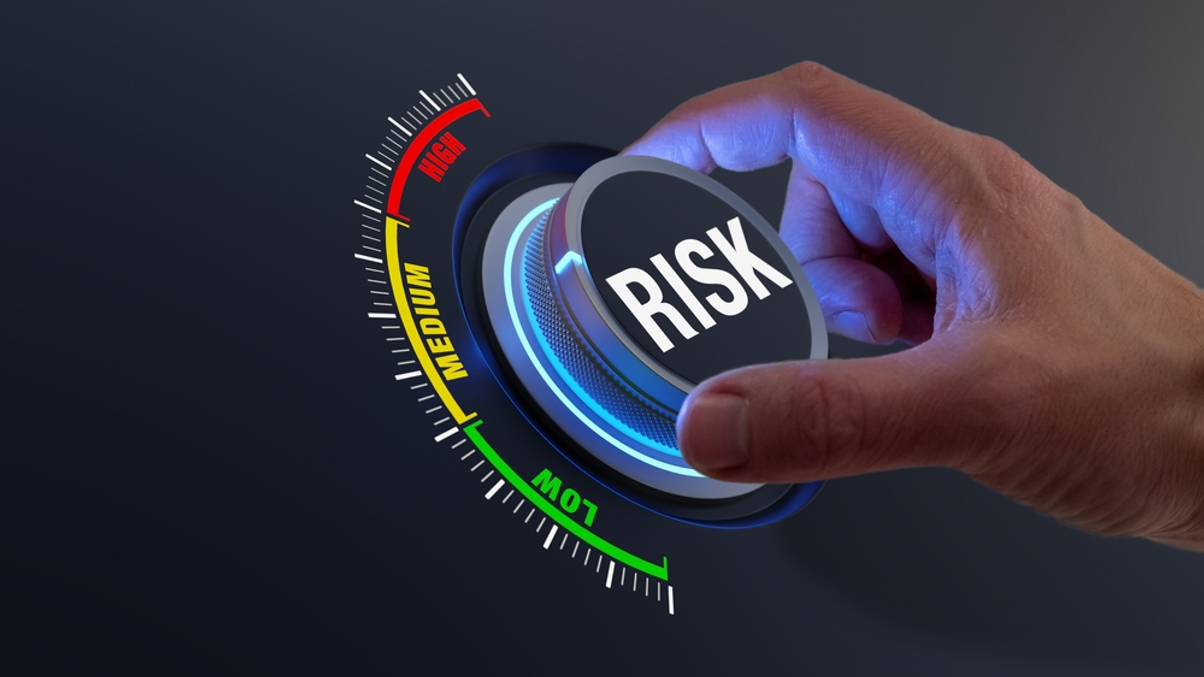Fund Selector Series: 'We see a shift in risk appetite'
Agnes Sng, head of investment funds advisory for Asia, BNP Paribas Wealth Management discusses fund selection, red flags and investor appetite for different types of funds.

Agnes Sng is head of investment funds advisory for Asia at BNP Paribas Wealth Management.
Sign In to Your Account
Access Exclusive AsianInvestor Content!
Please sign in to your subscription to unlock full access to our premium AI resources.
Free Registration & 7-Day Trial
Register now to enjoy a 7-day free trial—no registration fees required. Click the link to get started.
Note: This free trial is a one-time offer.
¬ Haymarket Media Limited. All rights reserved.


